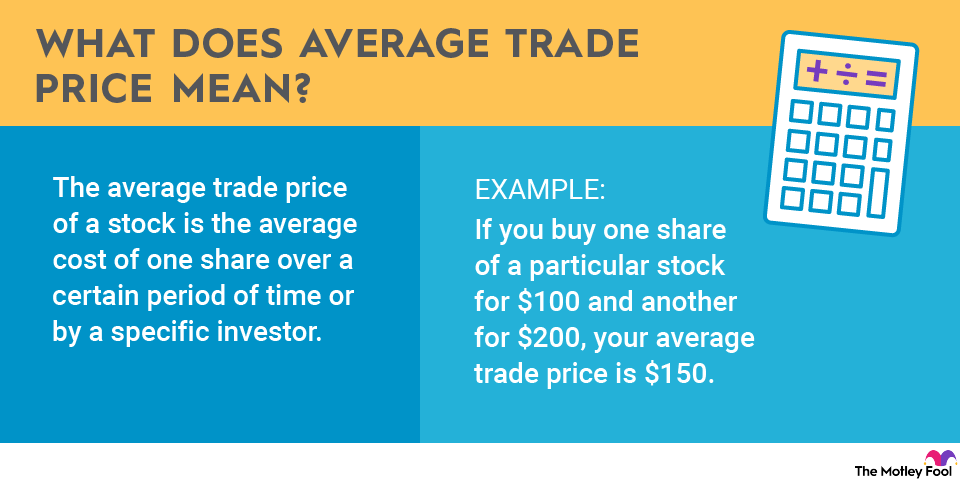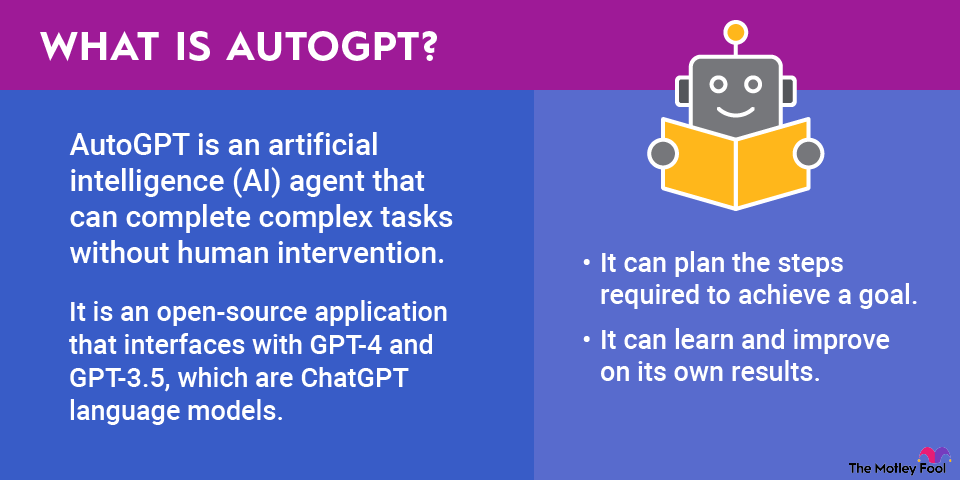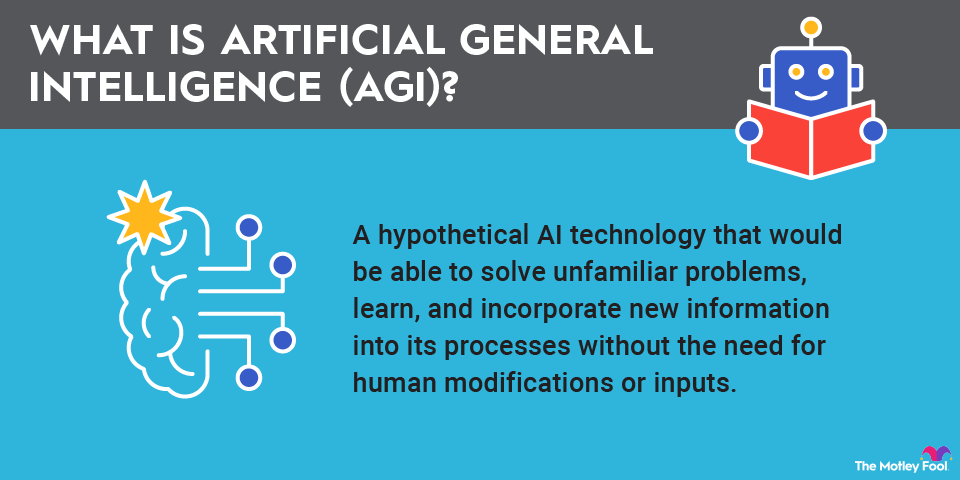We might be fortunate to live in an era of abundant and free entertainment like YouTube, Instagram, and TikTok, but there's a massive economy behind all that user-generated content that monetizes it for those companies and others.
This is often referred to as the attention economy -- the platforms hosting all that content are monetizing your attention. Keep reading to learn more about the attention economy.

What is the attention economy, exactly?
In the digital era, your attention has become one of the most valuable commodities in the world. Not only are there a lot of companies and devices competing for your attention online, but it's also a huge business, with some of the most valuable companies in the world owning those platforms. Alphabet owns YouTube (GOOG -0.27%)(GOOGL -0.34%). Facebook and Instagram are Meta Platforms' (META +0.09%) properties, and Apple (AAPL +0.97%), of course, makes money from devices like iPhones, iPads, and Mac computers that help consume the content driving the attention economy.
The attention economy is the ecosystem that creates and monetizes that content, generating more than $100 billion in revenue annually.
How does the attention economy work?
Your online attention is primarily monetized through advertising. Platforms like YouTube and Meta's Facebook and Instagram make almost all their money through advertising.
In 2024, Meta brought in $160.6 billion in revenue just from advertising, making up the vast majority of its revenue and profits; its advertising profits were roughly $87 billion that year. YouTube brought in $36 billion in ad revenue in 2024, and Alphabet generated a total of $264.6 billion in ad revenue primarily from Google Search.
Platforms like these aren't the only ones benefiting from the attention economy. There's also a large and growing ad tech industry made up of companies like The Trade Desk (TTD +0.64%) that provide software that allows brands and ad agencies to optimize and automate their ad campaigns. Device makers like Apple also benefit from it through product sales and commissions earned from the App Store, as well as other online content like digital media sites, including news sites, and subscription-based video streaming platforms like Netflix (NFLX -0.18%). It's not surprising that streamers are increasingly leaning on advertising to drive revenue.
All of these companies seek to monetize your attention through advertising in one way or another. As the numbers above show, it's a highly lucrative business model at scale.
Pros and Cons of the Attention Economy
The attention economy has become a significant component of the 21st-century economy and the way people spend their time, but it's not without some criticism.
One popular expression about the attention economy is that if the platform is free to use, then the user is the product. In other words, the people using the platform are sold to the advertisers to run the business, and user-generated content is simply a byproduct. Some users and watchdog groups are uncomfortable with the level of information platforms have on individuals, as well as their grip on time and attention, especially teenagers.
The attention economy goes hand-in-hand with social media, which has been accused of fostering screen addiction and making society more superficial and less connected, among other criticisms.
However, platforms like those above are also valuable for creators, influencers, and brands. The attention economy has grown to such a large size for a reason. It works, and any individual or brand can find and build an audience with the right kind of content.
Related investing topics
How the attention economy works in the real world
Let's take a hypothetical example of how the attention economy might work in the real world.
Say you have a pizza chain called Joe's Pizzeria. To get more business, you turn Instagram into a platform to get more attention. You might find some local food influencers to post content about your restaurant or advertise directly on Instagram, showing pictures of your pizza or advertising deals.
This business model has become common in the attention economy. Most advertisers on Facebook and Instagram are small and medium-sized businesses, and the targeting features serve them well since they can advertise to specific zip codes and segment demographically according to age, gender, income level, and other factors.
The debate over the attention economy is likely to rage on, but social media and the attention economy that powers it are here to stay. After all, there are over 3 billion daily users of Meta's family of apps, and that number grows every quarter.
These companies have gotten our attention and will continue monetizing it. There are options for individuals who want to opt out of it, but it is almost certainly here to stay.



















